This week, Ilia Markov joins Marcel to unveil the future of time tracking, discussing a concept he refers to as “the thermometer of time tracking use cases.” In this episode, Ilia will discuss how to track and use your data to reach higher levels of growth.
About Ilia Markov and Toggl
In operation since 2007, Toggl and its teams are on a mission to empower collaborators and knowledge workers from every corner of the globe to fulfill their potential. They do that by providing them with superior tools to track and analyze their time.
Toggle might be well known for their time tracking software, but they also offer project management/resource and capacity management tools (Toggl Plan) plus hiring software (Toggl Hire) used by over 70,000 teams across the world.
Ilia’s best stress therapy is to go for a run while listening to an audiobook (usually something that has nothing to do with business or marketing).
Side Note:The simplest way to model capacity is often to create a “payroll grid”. This means listing all of your delivery and partial delivery employees, along with their weekly capacity and then multiplying that by the number of weeks in a given period.
Want to set benchmarks for your team and agency around utilization? You’d then add delivery/billable expectations and time off / holidays to that grid and model out your capacity and utilization targets for the team.
Example:

Want this exact payroll grid template? It’s included for free in our Agency Profitability Toolkit:
Points of Interest…
- How and why time tracking has changed 3:53
- Pushback and potential misuse of time tracking 7:51
- Blocks to achieving the time tracking feedback loop 11:39
- Turning time tracking into productive conversations 16:25
- The future of time tracking 18:05
How and why time tracking has changed
All too often, Toggl sees organizations fail with tracking. Sometimes, they don’t even surpass the first steps on their “thermometer model”. Usually, it’s when they’re using it just for billing or as a way to monitor their employees – something which Toggle vehemently opposes (more on that below).
Since the company has been around for a while, I’m interested to learn Ilia’s perspective on what’s changed about time tracking – both in terms of how it’s being used and how it’s being viewed in our space over the last couple of decades.
“Nowadays, very few companies, very few organizations, even very few freelancers, charge for their time by the hour. You see a proliferation of pricing models such as project based – even value-based – pricing a lot more. However, what this doesn’t change, in our view at least, is the necessity to understand where your most valuable resource is going.”
Yes, we talk about knowledge work and providing a service on the base of that knowledge – but that’s not complete unless your knowledge is fully productized. In Ilia’s experience, he doesn’t believe many people have reached this point yet. However, that knowledge is applied under a time vector and that’s what makes time your most important resource.
Like any industry, we’re seeing increased pressure on margins in consulting and professional services. I reckon this is a direct result of two forces…
- Leverage on labor is being squeezed. Ultimately, this is a really good thing; people are working fewer hours than they used to. For instance, there was a time when not having an external life was baked into working at a consulting firm! That’s not the case anymore. *** More on this from 5:58.
- Specialization. This is the mass movement towards niching. Firms are doing fewer things, for fewer clients, while going deep into those spaces, bringing the ability to charge premium rates, as well as finding efficiency and regular process on the backend.
The error I see so many people make is believing that since they’re not charging by the hour, they don’t need to track time. Clearly, this isn’t the case. *** We dive into this further from 7:01 minutes***
Pushback and potential misuse of time tracking
There’s still a lot of negative sentiment towards time tracking. This is particularly true for people who had the misfortune of working in consulting and agencies a decade ago, back when the culture around time tracking was different. Unfortunately, this antiquated perception is now being projected onto the time tracking of today.
I’d love to unpack this pushback with Ilia. What are some of the grievances that he hears a lot from people when his team at Toggl starts talking about time tracking in this industry?
“Our sales team would start a conversation with a new potential customer and they’ll say something like; ‘I would like to have time tracking for the clarity and transparency it’ll give me, but I just don’t know how to introduce it to my team. I feel very uncomfortable doing that’.”
Well, Toggl’s core ethos is not viewing time tracking as a means of surveillance or micromanagement. In fact, it’s impossible as the platform isn’t built that way. There is no way to monitor employees or install so-called “activity metrics” employed by other tracking tools (surreptitious screengrabs, for example). Ethically, it’s not just bad practice, but bad business. I mean, as Ilia puts it…
“If you’re lucky enough to grow your company, what are you gonna do? You’re not gonna be able to check the screenshots of 1000 people. Are you gonna hire another thousand people to police, everyone else?! if we have people coming to talk to us about that use for time tracking, we usually just point them in the direction of a competitor who might be a better fit for them.”
Even if you are one of those owners or managers trying to use time tracking as more of a micromanagement tool, this – in Ilia’s experience – isn’t a practice that scales very well.
Blocks to achieving the time-tracking feedback loop
The ultimate goal of time tracking is to close the loop between the team members submitting the time sheets and how that data reflects back to them. Data provides the catalyst to recruit them into a conversation about what you can all learn from these new metrics.
This is the feedback loop that’s missing in so many firms, so the only people looking at the results of the time tracking are the owners/management teams. In the absence of this pivotal loop, the team isn’t made privy to how the information is being used. This can lead to all manner of rogue mind narratives about how the tracking date is being used.
Without this clarity, things can descend into the realm of “They’re trying to see if I’m working a lot. I’m gonna make it seem like I’m working 40 hours a week, even though I’m not.” When you get into these kinds of dynamics, when you start seeing this kind of stuff in your time tracking data, this is a clear indicator pointing to how you’re communicating about this and the level at which you’re involving your team is not adequate.
Unfortunately, the blocks to closing the feedback loop don’t end there. Here at Parakeeto, we often see managers lacking the confidence to collate the information and communicate it to their team. They don’t have enough belief in their ability to understand and model the data. And so, of course, they’re reluctant to then open it up. Why? Because, if they do that, then they’re gonna expose all of the flaws in their thinking!
Turning time tracking into productive conversations
So, now that we’ve established that you, as an agency owner, might just be a stumbling block in terms of transparency, I ask Ilia for his keys to obtaining the optimum level of confidence to turn tracking data into fuel for productive conversations. As it turns out, Toggl has several principles when it comes to time tracking.
- Everyone should do it. All team members – including you – should build the habit and make it part of the work culture.
- Then, introduce it to the team, explaining how it benefits every member of the team.
- Start beneficial conversations in a curious, non-aggressive way. Show how the data your team is generating is being used to aid their process.
- Make it part of the employee handbook, but keep the education around it ongoing to aid process improvement.
“Above all, I think what really helps you to use time tracking productively is just adding as much context to your data. So, not just tracking hours – that can be done with pen and paper or a spreadsheet – but add as much as much contextual data as possible to every time entry that you have… In Toggl Track you can add tags, so you can say ‘this is development work’, or ‘this is debugging work’, and so on.”
I see a lot of teams get caught up in separating structured from unstructured data in terms of how you set up that schema. A lot of that metadata is great and you can get it onto a time entry with very low costs. This can be in the form of notes that are automatically appended to a time entry via some kind of integration with your project management tool.
So, you can leverage a lot of the complex rich information that’s sitting outside of the time-tracking tool. For instance, you might use a task ID and then look that information up later. However, what is often going to work against you is trying to create really tight structure around all of that metadata. ***Join me, as I nerd out on log notes, structured data, and operational drag from 17:17***
The future of time tracking
At this juncture, I should note that this isn’t subtle positioning. That said, in such a competitive market, it’s important to be clear about who you are for and who you’re not for – as Ilia and his crew outline in their powerful anti-surveillance statement, a practice which they are most certainly not for.
What Ilia does endorse is scaling up ascension models, elevating your usage time tracking, and getting the right implementation. Another best practice I’m interested in discussing with Ilia is the future of time tracking. Where does he see it heading over the course of the next few decades, especially with the emergence of some exciting new technologies?
“AI is the elephant in the room. One very obvious implementation of that, when it comes to time tracking, is just making that process fully automated. And it’s actually one of the biggest hurdles now to developing the habit. I mean, I definitely drank the Kool-Aid – but even I don’t wake up feeling excited to track my time every day – so making improvements in that area can definitely help.”
Speaking from his own perspective, Ilia believes the two major areas where time tracking is going and where his team is making an impact and improving the overall experience include – yes, you guessed it…
- Getting the right data. Automation brings a heightened level of clarity when data is generated automatically and, by extension, the insights gained from it. How you analyze the gleaned data is also paramount, alongside how it’s understood, and how your findings are applied so you can optimize your decision-making.
- Leveraging that data. It’s imperative that the data generated brings you to a level where you’re proactive in what you need to do. For instance; knowing in advance when you need to hire someone – before you’re under an avalanche of client work.
When generated correctly, data can give you an early warning signal across a range of business facets – be it when and who to hire, to when to start generating new business. That said, the first order of business must be compliance. Let’s face it, time tracking data is really only as useful as it is complete. There is so much opportunity to improve compliance or, should I say, “remove friction” from time tracking.
Key takeaway…
To grow a service business, one has to understand the underlying forces that drive its performance. Leveling up across your time-tracking data, and mastering its analytics, is one of the most straightforward ways to get there.
In terms of the future of time tracking; what I think is gonna be super interesting – to Ilia’s point earlier – is the data privacy surveillance aspects. So much of this will be down to you, as the user, opting into the monitoring of what you’re doing… ***further insight on this from 21:43 minutes***
See more from Ilia…
- Ilia’s Twitter
- Ilia’s LinkedIn
- The Toggl Blog
- Toggl’s Anti-Surveillance Statement
- Agency Profit Margins blog
Did you learn anything new from this episode? Let us know in the comments below! We have helpful blogs designed to bolster your agency profitability, such as How To Calculate Your Billable Employee Cost-Per-Hour.
Our next installment of #APP, on August 23rd, will see Marcel talk with Corey Quinn for our 121st edition. Our previous APP blog – Episode 118 with Courtney Tarrant – can be viewed here… ***Marcel also did a solo cast last week showcasing the mathematical merits of about a four-day-work-week, Episode 119, which you can check out here!
Avid #APP Listener?!
We would be eternally grateful if you could leave us a review…
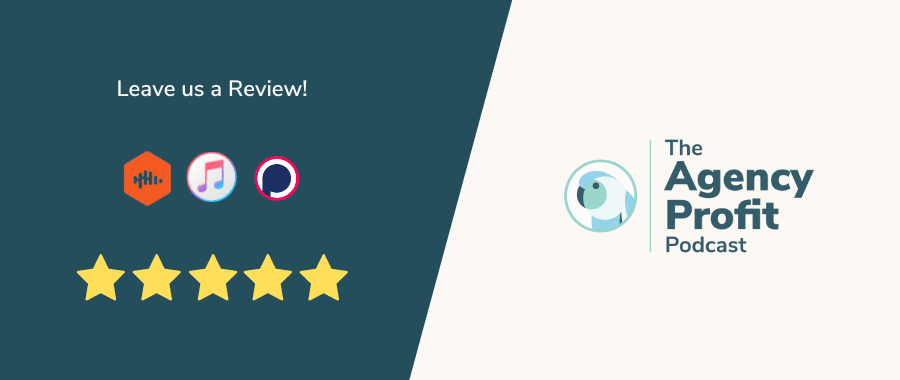
Agency Profitability Tool Kit
If you’re looking for more resources to help you improve your agency’s profitability, check out the Agency Profitability Tool Kit. It’s full of templates and checklists used when consulting clients. This helps them improve profitability by over 100% in under 60 days.
Fill out the form below for your copy!

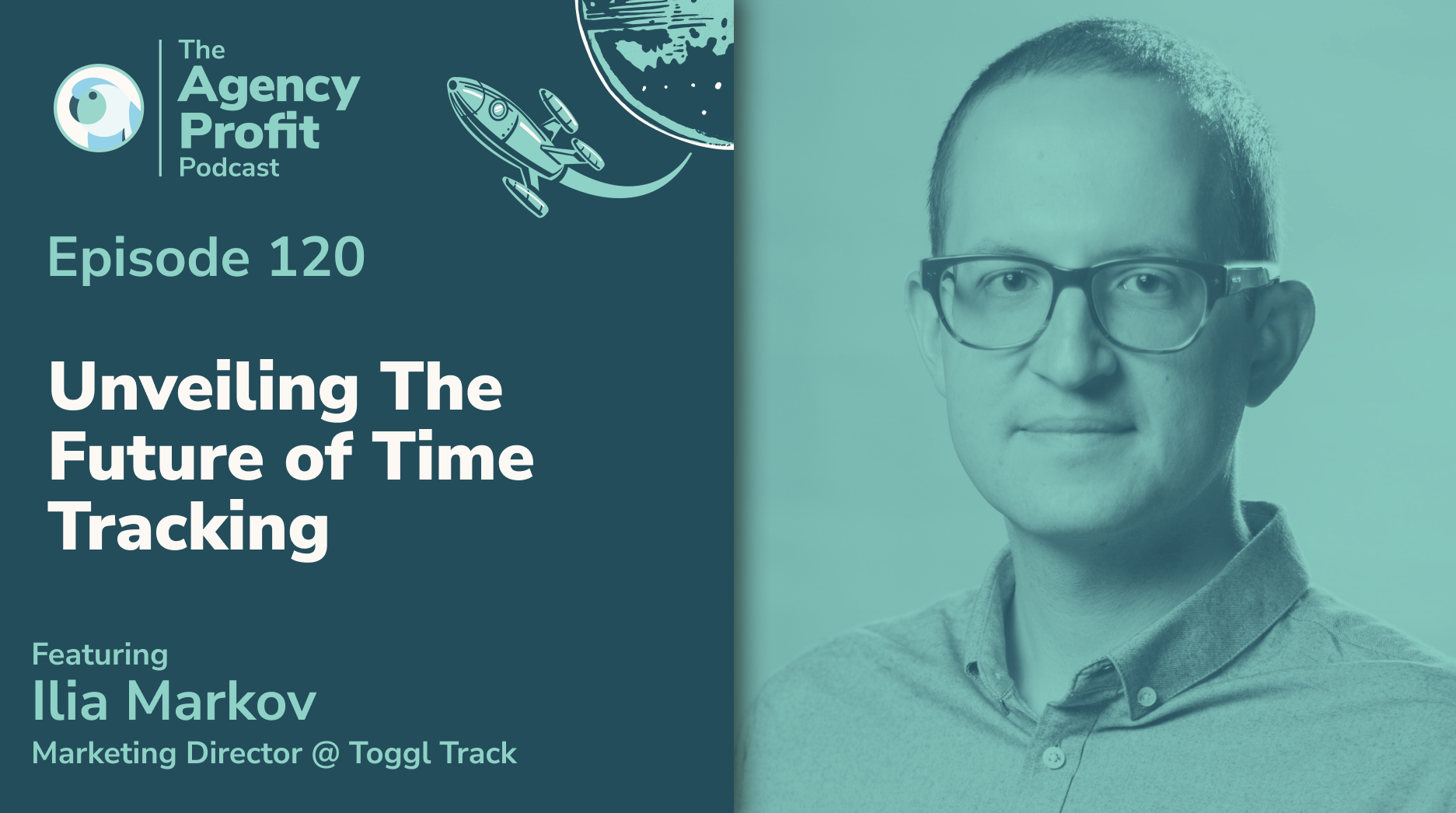


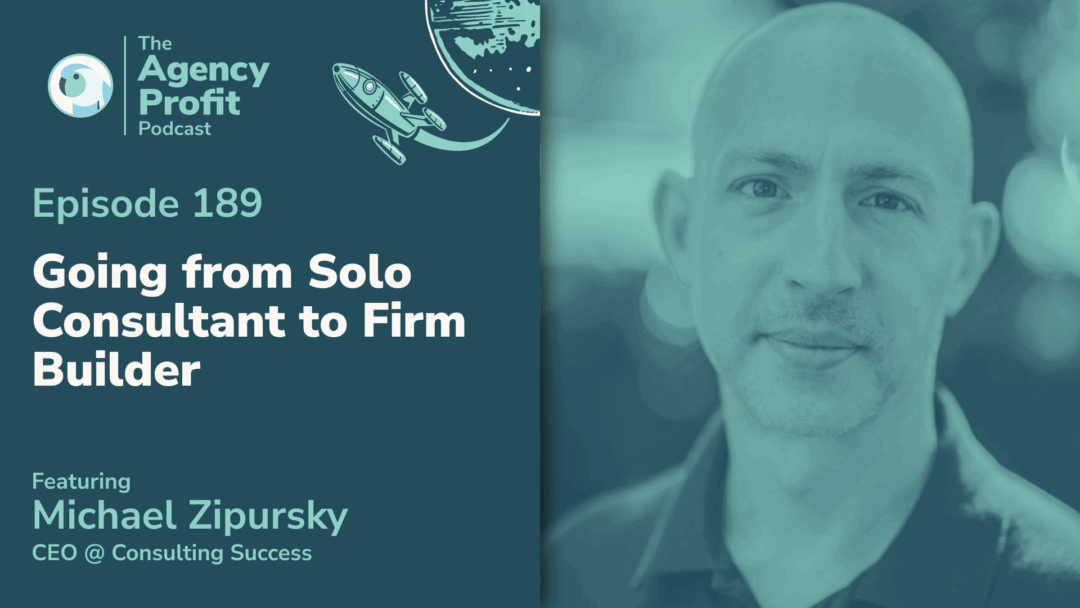
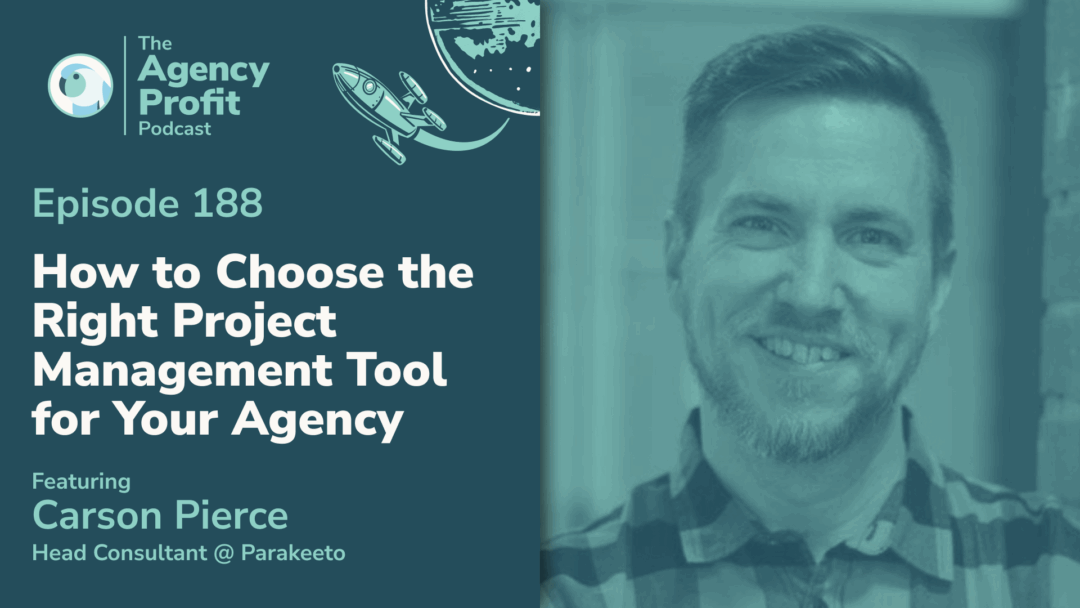
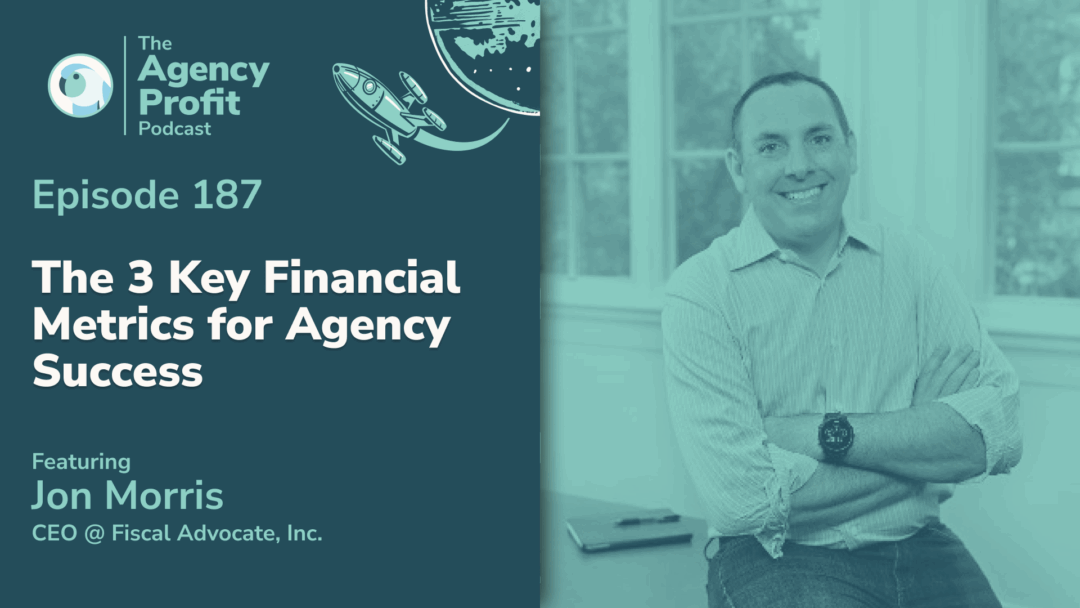

0 Comments